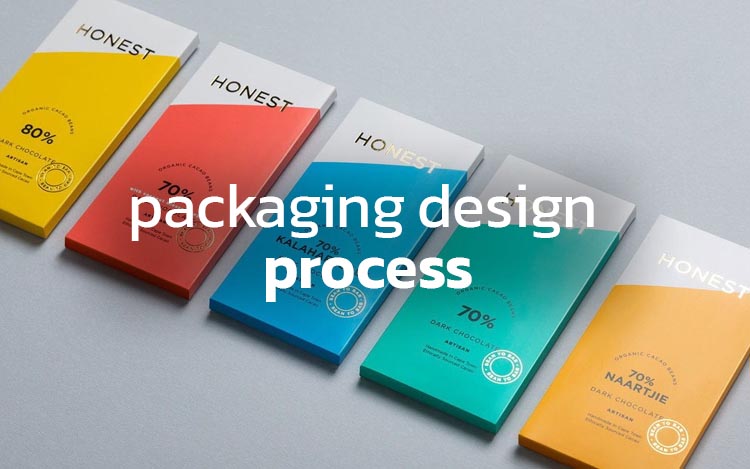Product packaging—what is it? “Design of product packaging” is constructing a product’s outside. This includes choosing the material, shape, graphics, colours, and fonts for wrapping, boxes, cans, bottles, and other containers. Follow us.
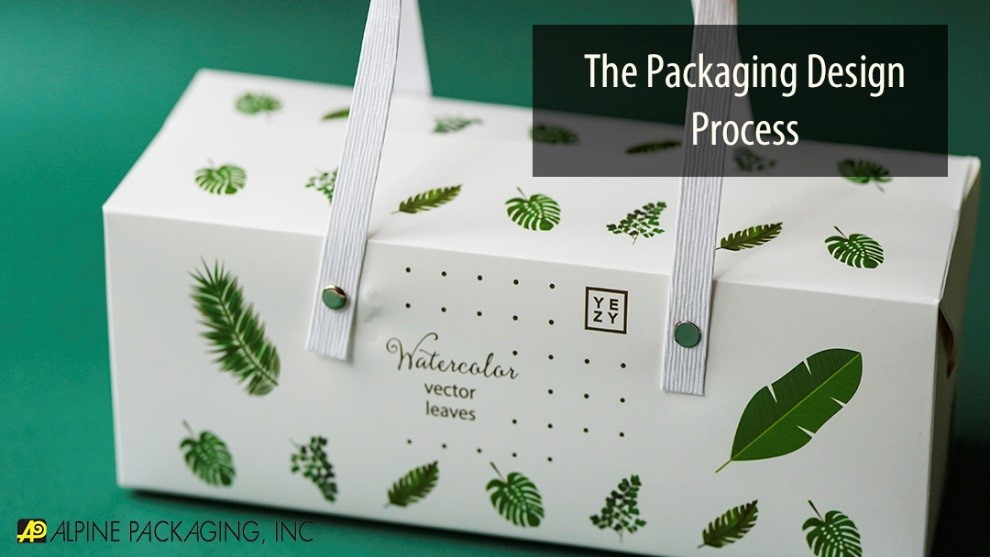
Level one: General question
What is the product
This is a straightforward question. Selling what? How big? What materials does it use? It delicate? Answering this question will help you determine whether your product packaging has any logistical requirements. Fragile products need stronger packaging. However, large or unusual items may need a custom package.
Who’s buying the product?
Before starting the design process, a product’s target market must be well understood to enable effective packaging. Products for seniors may need larger text. Designing items for rich customers should include materials that suggest luxury.
Related Article: Packaging Design; The Most Important Part Of Marketing

How are people buying the product?
Whether the product is sold online and delivered, the packaging will be different than if it is on a big-box store shelf. Online products should have a little extra space to avoid rattling or buckling. Even if they’re in cute containers, boutique shelves must be able to grab a customer’s attention.
level 2: Information you need to collect
Brand requirement
In some circumstances, a product functions as a standalone entity, while in others, it serves as a representative for an existing brand. If the aesthetic of the company you’re trying to represent has to be reflected in the packaging.
Colors
Include the CMYK values or the Pantone Matching Values (PMS) colours if you already have them, since they are the ones that are designed expressly for printing. (If not, a hex code is acceptable as an alternative.)
Fonts
Verify that you have the appropriate fonts and any particular use instructions (such as kerning or weight) that may be required.
Logo
If you need to include a logo on the box, you should make sure that you have a vector file ready to use.
Content that needs to go on the packaging
Even though the details are exclusive to your product, you should find this out before you start designing. Remember that your package’s contents may be subject to regulatory regulations that differ by industry.
Written copy
This might be anything from the name of your product to a description of it to phrases that encourage people to make a purchase.
Related Article: Packaging Symbols; Protect Your Products
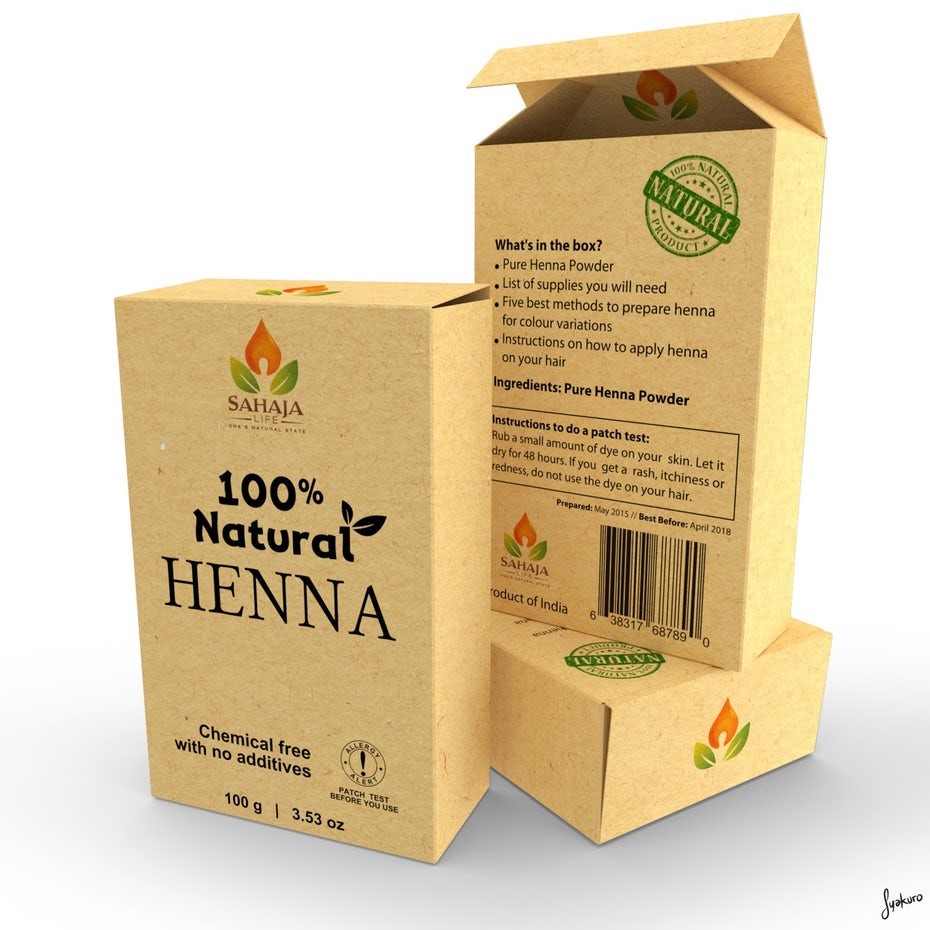
Imagery
Do you want to include pictures on your product packaging? Before beginning the design process, you will need to have those components prepared and ready to go.
Required marks
You can be required to add a barcode, nutritional information, affiliation marks, and other identifiers depending on the product or sector you work in.
Know what temporary content you need
Foods and cosmetics must have expiration dates and batch numbers on each batch. Since your package will be updated often, provide enough area for a sticker or stamp with that information to be added later.
Style likes and dislikes
Finding style inspiration may be difficult. You may love a specific colour, your aunt’s draperies, or a sandwich shop’s font. However, you are collecting design ideas for that ideal customer, not yourself. Remember this crucial aspect. Shabby, vintage elegance may be your favorite aesthetic, but it’s not the best for packing baby motorbike jackets for badass biker moms.
Budget
Item prices One-time expenditures include design work, stamp purchase (if DIY), and print plate setup (for big, offset print runs). This is paid ahead, generally once (until you modify your design). Materials and labor costs per item Tissue paper, tape, and boxes cost money. You may hire someone to pack your merchandise or do it yourself.
packaging design process in steps
After gathering this information, you may start designing! Remember that your package design should convey a story? Design choices help communicate the tale.
Related Article: Packaging Types; Everything You Want To Know
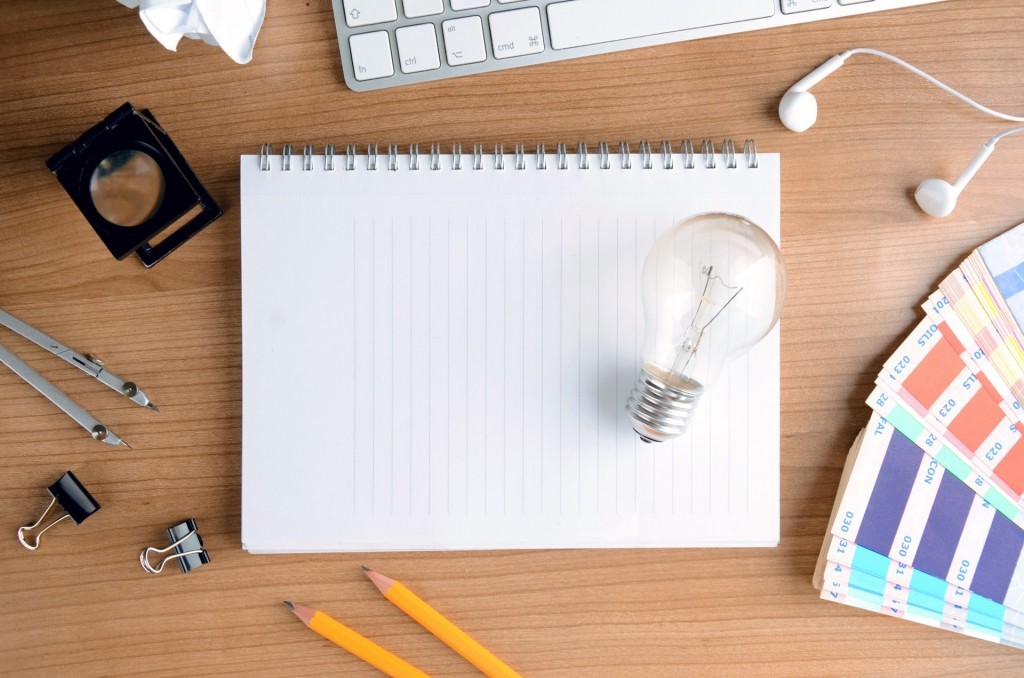
Understand packaging layers
Product packaging may be thought of as having three distinct “layers”: the outward packaging, the inside packaging, and the product packaging itself. It’s possible that your product may need one, two, or perhaps all three of these.
Outer packaging
The buyer will first have their attention drawn to the product’s outside package. It is what shields the product from various environmental factors. This might be the box in which the goods are transported, or it could be the shopping bag in which the product is put when it is purchased from a store.
Inner packaging
It might be packing peanuts or tissue paper to avoid jostling or scuffing, or a sealed bag to keep the goods fresh. Inner packaging secures your goods within the outside package.
Product packaging
When most people think of packaging, they picture product packaging: the box that the toy comes in, the bottle with a label, the tag on clothing, and the wrapper of a candy bar. Product packaging is what most people think of when they think of packaging.
Choosing the right type of packaging
The decision of whether to purchase a bottle or a box may at times seem like a no-brainer. However, this is not always the case. When it comes to choosing the correct kind of packaging for your goods, there are a few aspects you need to keep in mind, including the following:
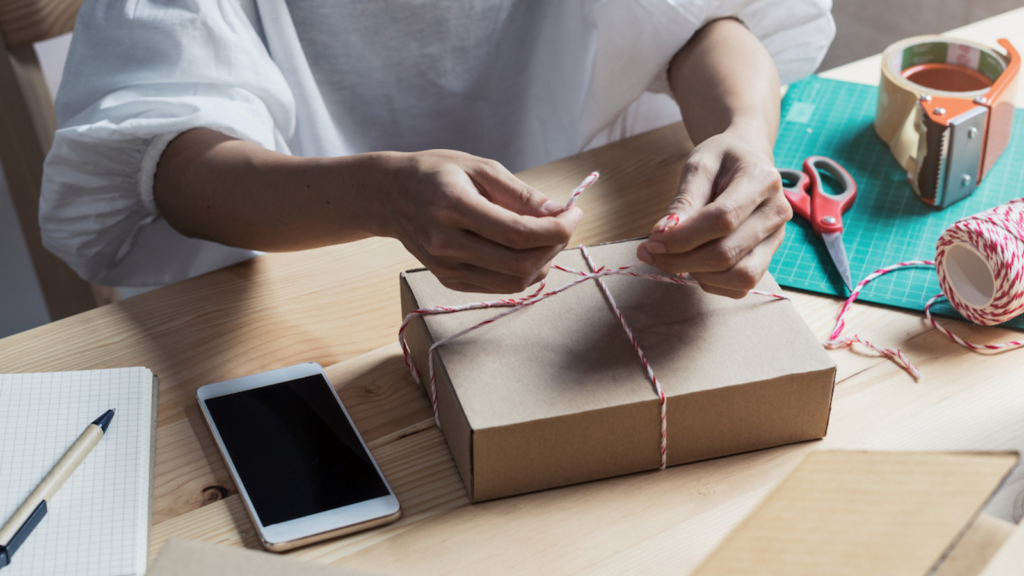
The product
This underpins everything! Selling liquid goods limits your options. Do not let this limit your creativity! Capri Sun transformed juice box sales with the juice sachet. Or Go-Gurt, which made yoghurt portable and spoon-free.
The competition
Does everyone use canned soup? Consider replacing your soup container. It will separate you from others by making you stand out. However, people are accustomed to buying soup in cans, and supermarket soup departments are organised to keep cans in stock, so your box of soup may have an uphill battle.
The budget
Your astrological charms may sell well in a star-shaped box. If your budget is 50 cents per item, this is improbable. Always consider your target market. If your charms are $12 each, simple, cheap packaging is better. Always remember your ideal consumer. If these are hand-made gold souvenirs you’re selling for $100, you may be better off boosting your spending limit and buying the star-shaped luxury box.
Line up your printer
The design must be complete before you start printing. But you should think about it much before that! A printer can provide you with an exact estimate of printing costs and specific information that will help your designer prepare the files.
Dielines
If you wish to use a box or label that is a standard size, your printer should be able to make dieline templates for you to deliver to a designer so that they can use them while they are producing the packaging. These templates may then be used by the designer.
File-format requirements
Printers require vector files. Layered file? Include clipped lines? Your designer should provide a print-ready file (typically Adobe Illustrator (.ai), Photoshop (.psd), PDF, or EPS). Unless you have the necessary software, your printer can open these files. The designer will also provide PNG or JPG mockups. To send the proper files, know their types.
Color options
It is possible that certain printers will have the ability to colour-match any Pantone colour. You won’t have as many colour possibilities to choose from when working with some of the other alternatives, particularly the more affordable ones.
Related Article: Packaging Color; Add Emotion to Product
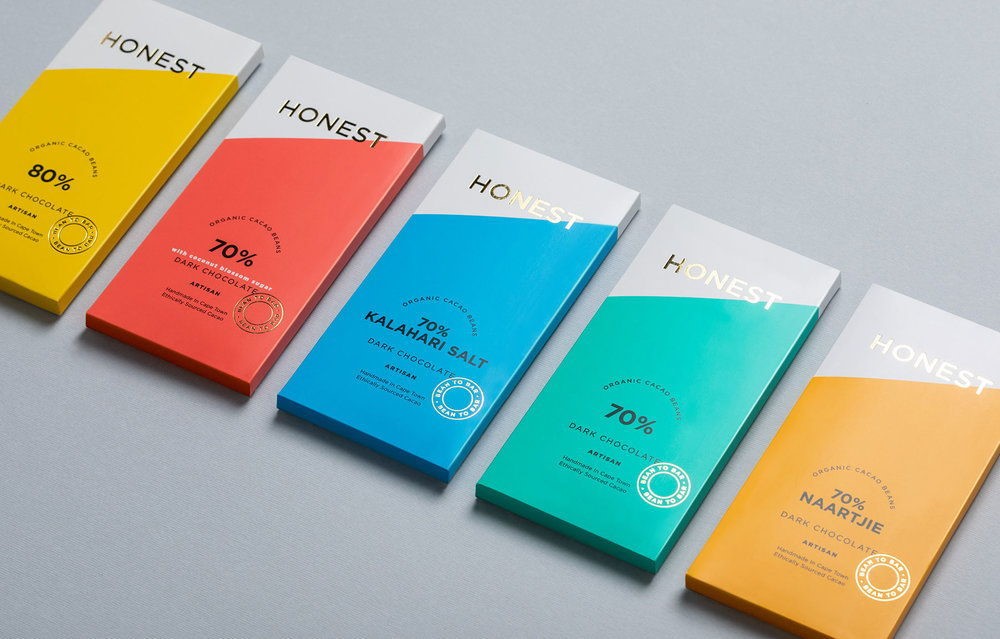
Create your information architecture
You may have stunning photos of your product in action, a compelling testimonial from a happy customer, a smart slogan describing why you’re the best, and a brilliant graphic illustrating how to use your product. Buyers will notice one thing about your packaging. Would you rather? Choose the product detail your target audience values most. Design around it.
Creating information architecture
Information architecture is a field that focuses on arranging the data included in digital goods in a way that is both understandable and reasonable. It assists users in finding answers to questions such as “Where can I find the information that I’m looking for?”
Evaluating a packaging design
You have some excellent design ideas! Now is the time to share your thoughts and perspectives. You should give some thought to the following, among other things:
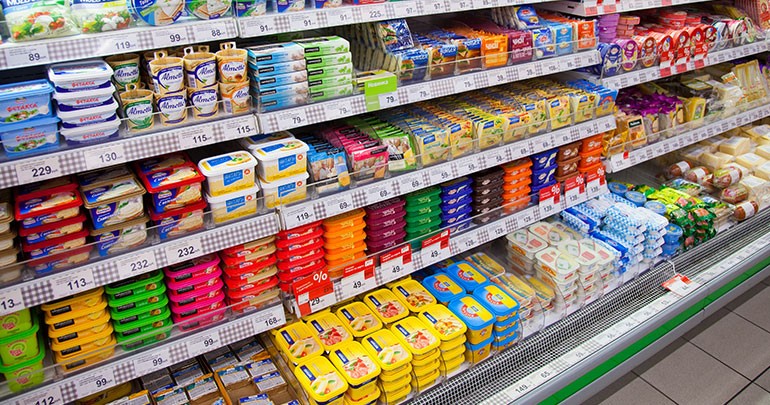
Is it clear what your product is?
Does the packaging explain the product’s purpose and audience? Customers only buy products they understand. Make sure your product’s packaging is unique (unless it’s intentional). Never confuse your viewers.
Is the packaging an honest representation of your product?
Packaging that misrepresents your goods is a major mistake. Check the box photos for authenticity. If you provide a picture of muffins with plenty of raisins but just one raisin in each, customers will feel tricked and won’t buy from you again. Yes, present your best self.
Is it clear what your product is?
The characteristics and advantages of the product should be the primary focus of an effective product description. The characteristics are, without a doubt, a little bit more distinct. In order to reap the rewards, you will need to exercise a little bit more imagination and have a good grasp of your audience. However, both the characteristics and the advantages make it possible to write creatively.
Is the packaging an honest representation of your product?
Not only does packaging safeguard the item it encases, but it also facilitates its transportation and storage, communicates important information about its use, and may even serve as a marketing tool for your business.
What will this package look like in 3d?
If you are not acquainted with 3D packaging design solutions, they enable designers to clearly visualize how their package design will appear in real life by allowing them to examine the picture in 3D on their computer screen. If you are not familiar with 3D packaging design solutions, you can learn more about them here.
Related Article: Packaging Layout
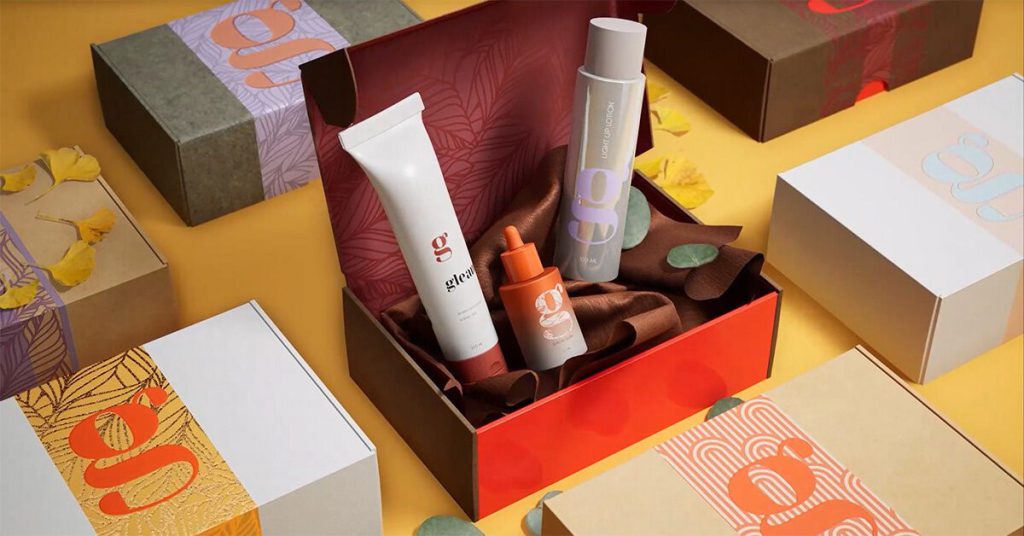
Is this design versatile?
In the future, you may want to prepare Aunt Kelsey’s Infamous Buffalo Sauce and Aunt Sasha’s Secret Caesar Dip. Aunt Miranda’s Famous Hot Sauce comes in one taste.
Is your packaging reusable?
If your packing can be reused, you should consider it! Could your backpack become a grocery tote? Free promotion! Are your gardening gloves’ packages plan table? That’s clever and useful!
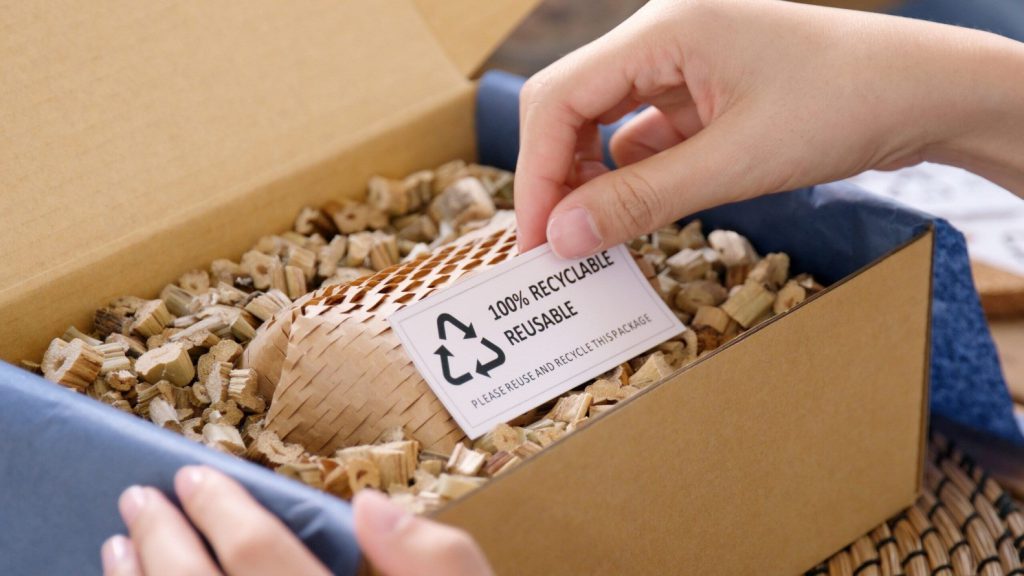
Collect feedback
Before choosing a package design, obtain opinions from a range of people, including those unfamiliar with your brand or product. Even your next-door neighbor will notice things you missed.
Getting the right files from your designer
You’ve settled on a design for your product’s packaging. It’s a high five! Now that you have that information from your printer, you should double-check to make sure that you have all of the appropriate files.
Packaging dielines in vector format.
This file will most likely be an Adobe Illustrator (.ai) file; however, it might also be a PDF or an EPS. You will need one of these for every different version of the package that you are making. (If you have three different flavors, you will need three different dielines.)
Color codes
Make sure that you have the Pantone or CMYK colour codes if your printer is capable of producing bespoke colours. This will ensure that everything looks exactly as you want it to.
Related Article: Packaging Printing; Steps, Methods & Needs
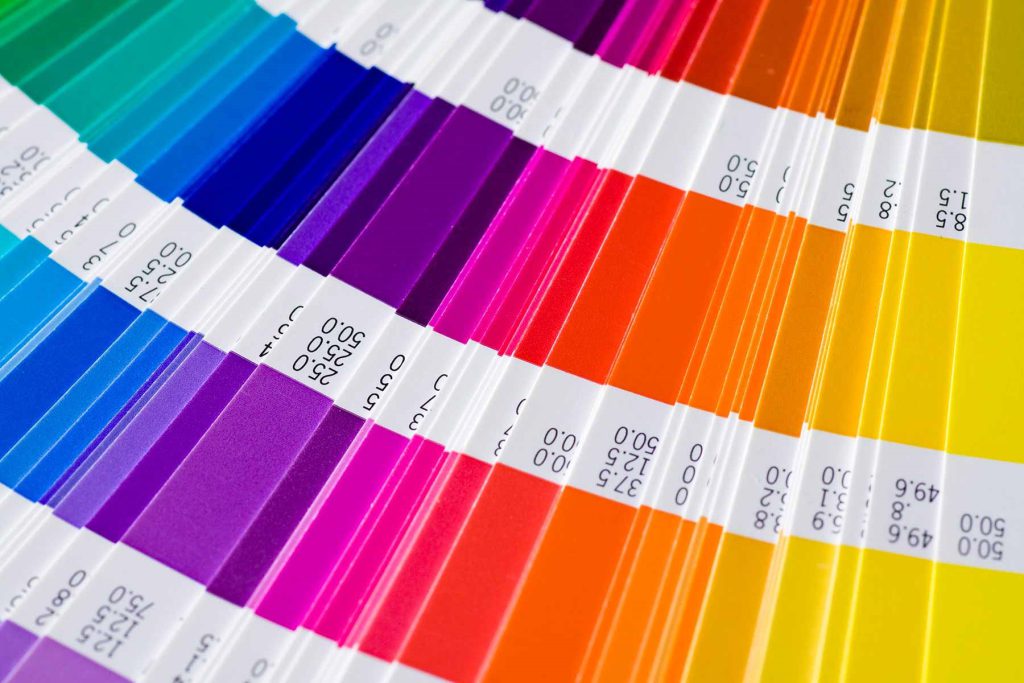
Conclusion
The process of designing a product’s packaging entails coming up with a container that is both aesthetically pleasing and adequately protects the goods within. Research, conception, design, prototypes, and manufacturing are often included in its scope of work. The objective is to design packaging that not only has an attractive appearance but also shields and maintains the integrity of the product contained inside it. In order to guarantee that the packaging satisfies the requirements of both the product and the audience that it is intended for, the process often requires cooperation between the producers, the marketers, and the designers. A product’s ability to stand out on shop shelves and attract buyers is directly correlated to the quality of the packaging, which in turn is determined by meticulous planning and attention to detail.

